(CLO) China has successfully launched the Shenzhou-19 spacecraft, carrying a three-person crew to the Tiangong space station to conduct dozens of scientific experiments, including research on building a living environment for humans in outer space in the future.
According to the China Manned Space Administration (CMSA), the Shenzhou-19 spacecraft and its three-member crew lifted off on a Long March 2F rocket from the Jiuquan Satellite Launch Center in northwest China at 4:27 a.m. on October 30 (Beijing time).
"During the Shenzhou-19 flight... 86 experiments will be conducted in the fields of space life science, microgravity physics, materials, medicine, new technology," Lin Xiqiang, deputy director of CMSA, said at a press conference on October 29.
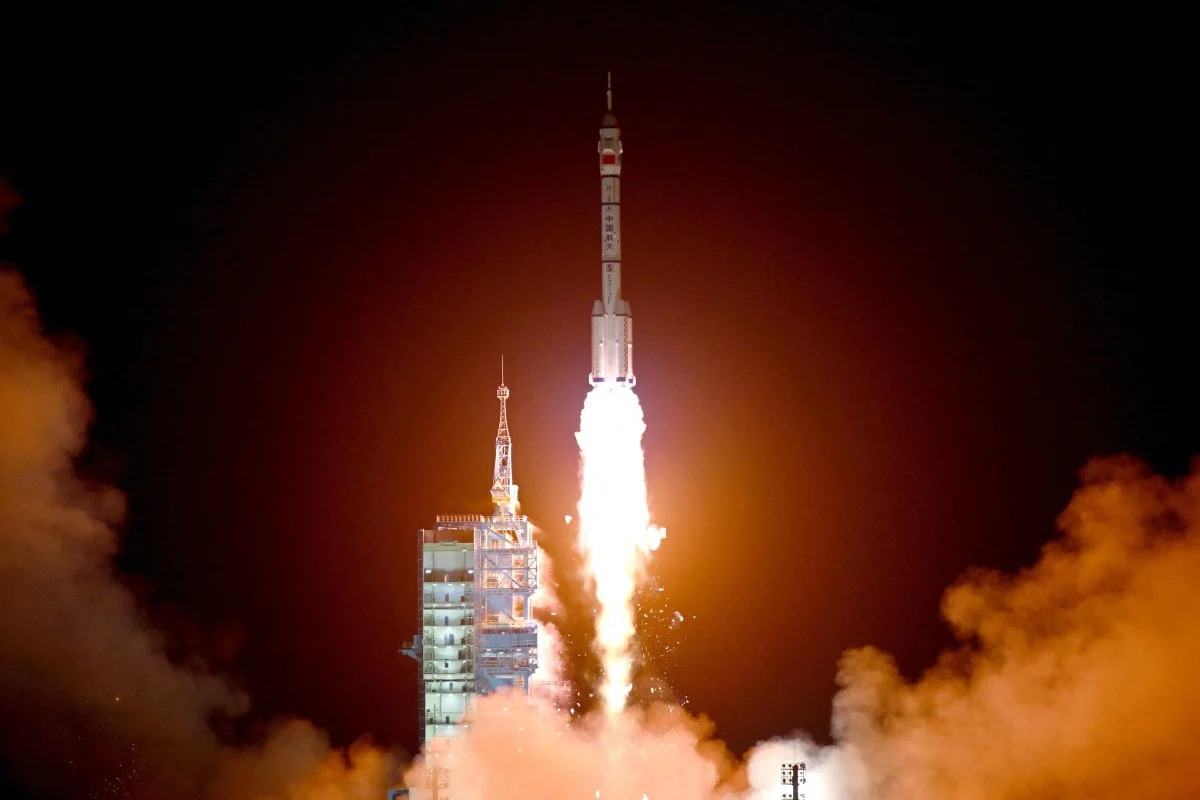
A Long March 2F rocket carrying the Shenzhou-19 spacecraft and crew takes off from the Jiuquan Satellite Launch Center in northwestern China on October 30. Photo: AFP
One of the experiments will expose bricks made from simulated lunar soil to space conditions. If successful, these bricks could be the main material used to build a permanent research station on the Moon, which China hopes to complete by 2035, because it is theoretically more convenient than transporting building materials from Earth. X [embed]https://www.youtube.com/watch?v=AbjzCB3MJyw[/embed]
Video introducing China's moon brick (source: CCTV)
These bricks will be delivered to the Shenzhou-19 crew by a separate unmanned cargo flight next month.
In addition to conducting scientific experiments, the crew will conduct spacewalks, install protection devices against space debris, and set up external equipment and payloads, Lin Xiqiang said.

Moon tile image
Nuclear missile technology expert Wang Haoze, 34, joined two male colleagues on the flight. Wang's research background is expected to enhance the crew's ability to carry out 86 experiments in orbit.
Wang will primarily oversee space experiments, cargo management and space station operations. He will be accompanied by Song Lingdong, also 34, who is making his first spaceflight after a career as an air force pilot, and mission commander Cai Xuzhe, a veteran astronaut who previously flew on the Shenzhou-14 mission in 2022.
Shenzhou manned flights have been a regular feature of China's space program for the past 20 years and have increased in frequency in recent years as China builds and begins operating the Tiangong space station, which is set to be completed in November 2022.
Hoai Phuong (according to CCTV, SCMP, Reuters)
Source: https://www.congluan.vn/xem-nhung-vien-gach-mat-trang-ma-trung-quoc-se-su-dung-de-xay-can-cu-ngoai-khong-giant-post319151.html


![[Photo] General Secretary To Lam receives Japanese Ambassador to Vietnam Ito Naoki](https://vstatic.vietnam.vn/vietnam/resource/IMAGE/2025/4/3/3a5d233bc09d4928ac9bfed97674be98)
![[Photo] Moment of love: Myanmar people are moved to thank Vietnamese soldiers](https://vstatic.vietnam.vn/vietnam/resource/IMAGE/2025/4/3/9b2e07196eb14aa5aacb1bc9e067ae6f)



![[Photo] Special relics at the Vietnam Military History Museum associated with the heroic April 30th](https://vstatic.vietnam.vn/vietnam/resource/IMAGE/2025/4/3/a49d65b17b804e398de42bc2caba8368)












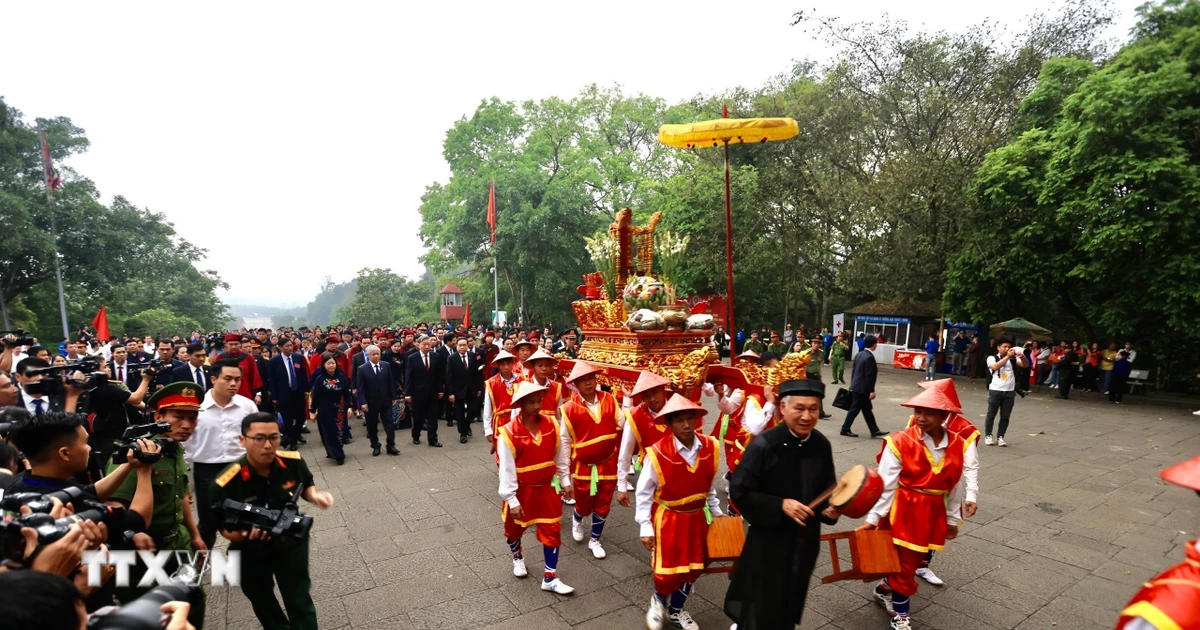







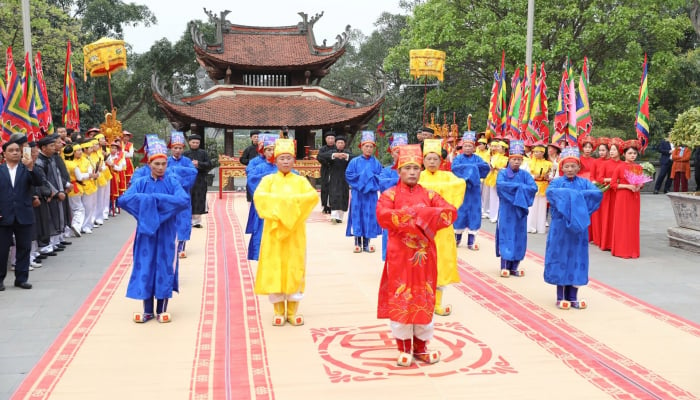


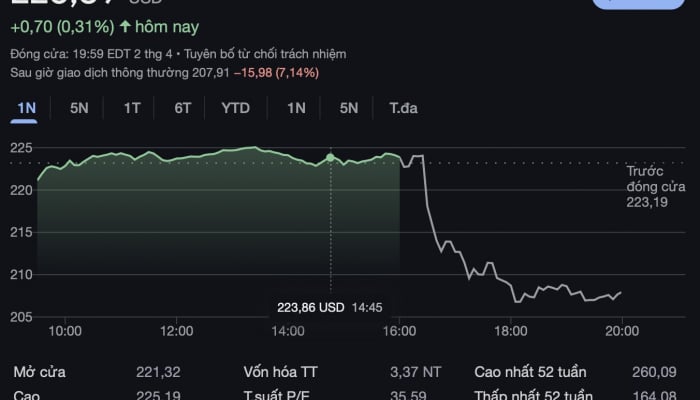






























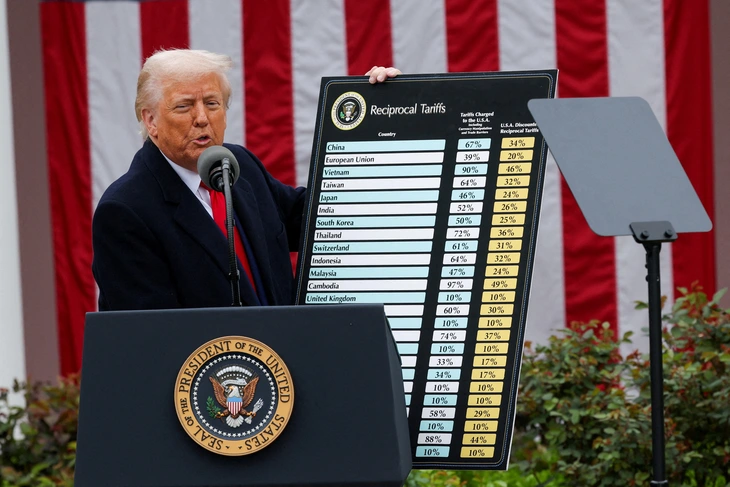













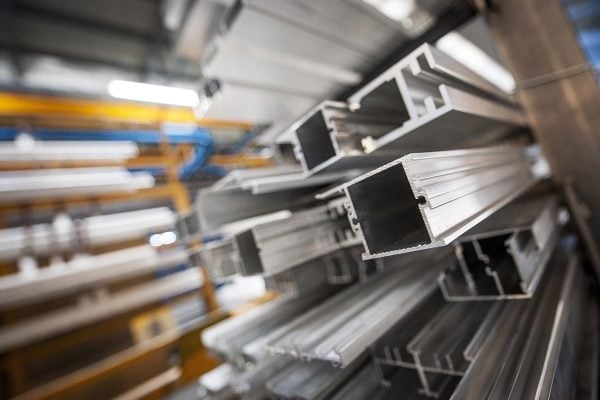



















Comment (0)